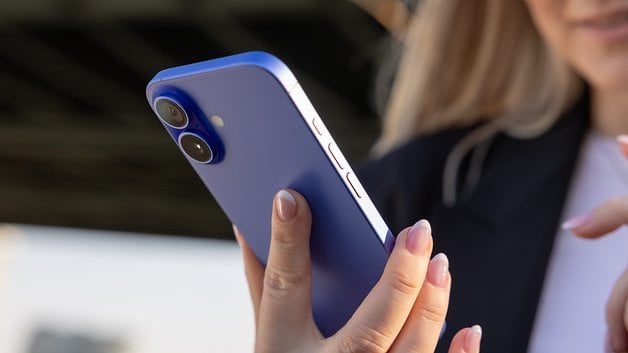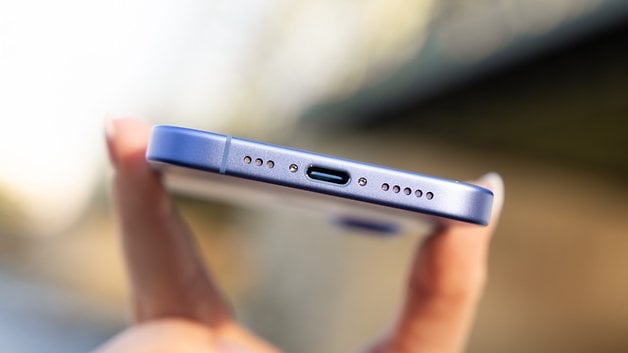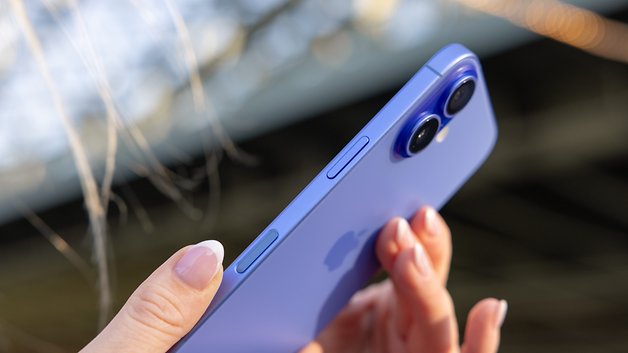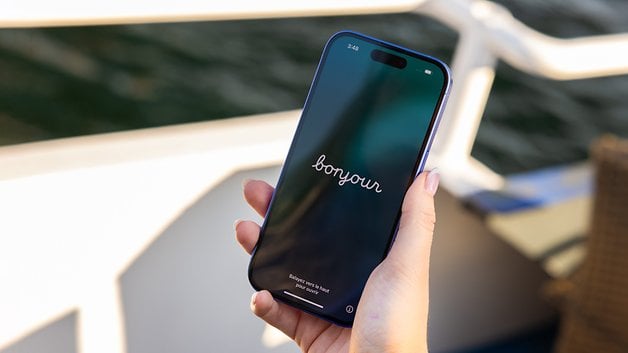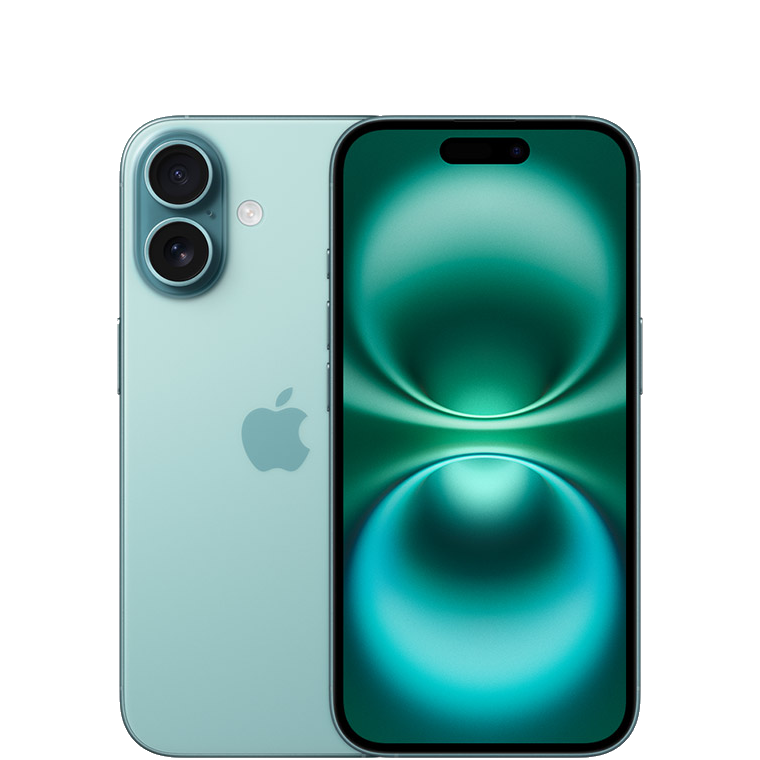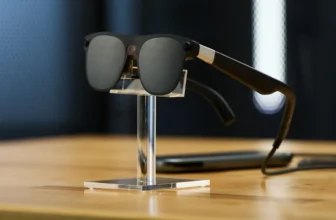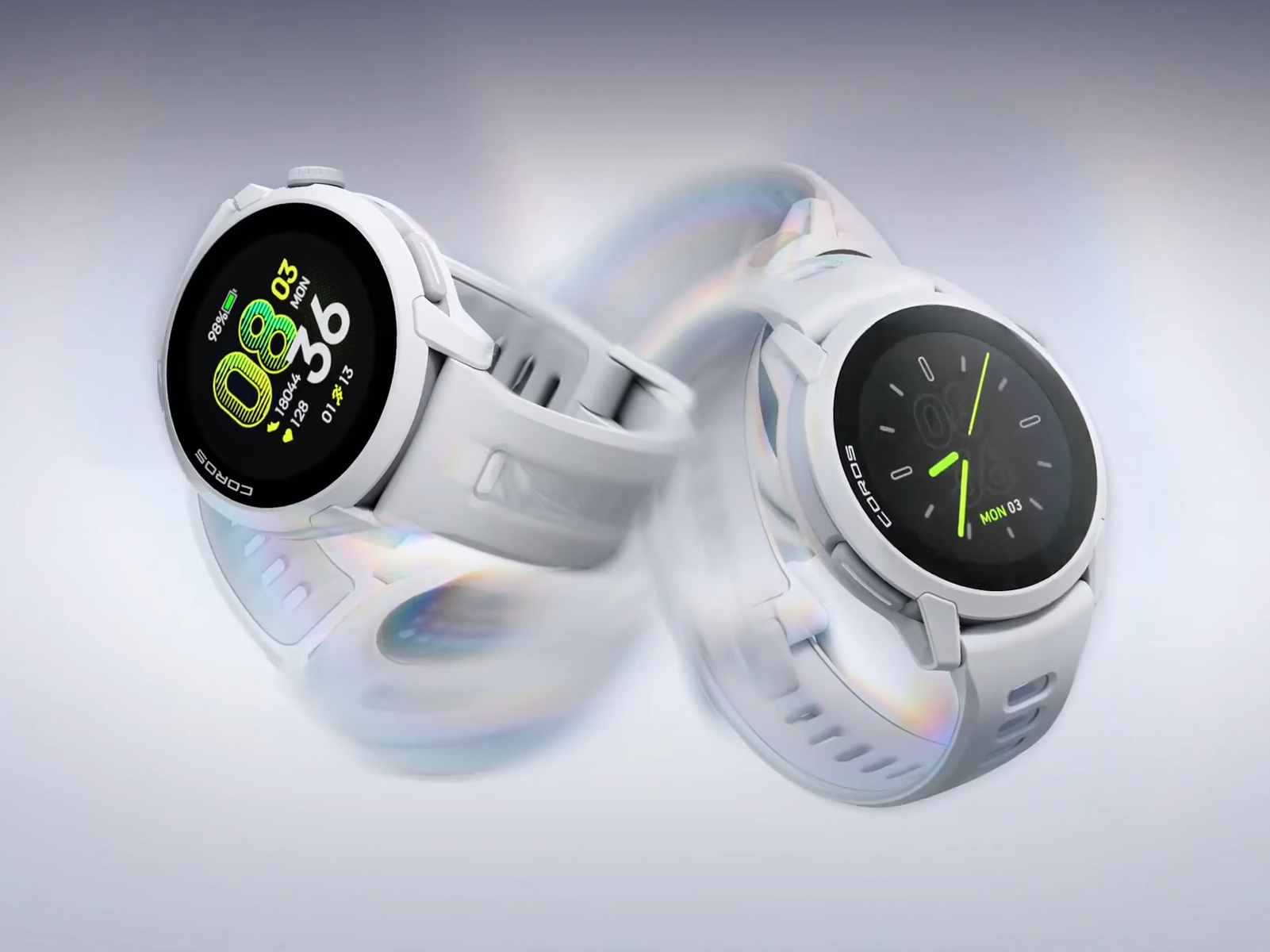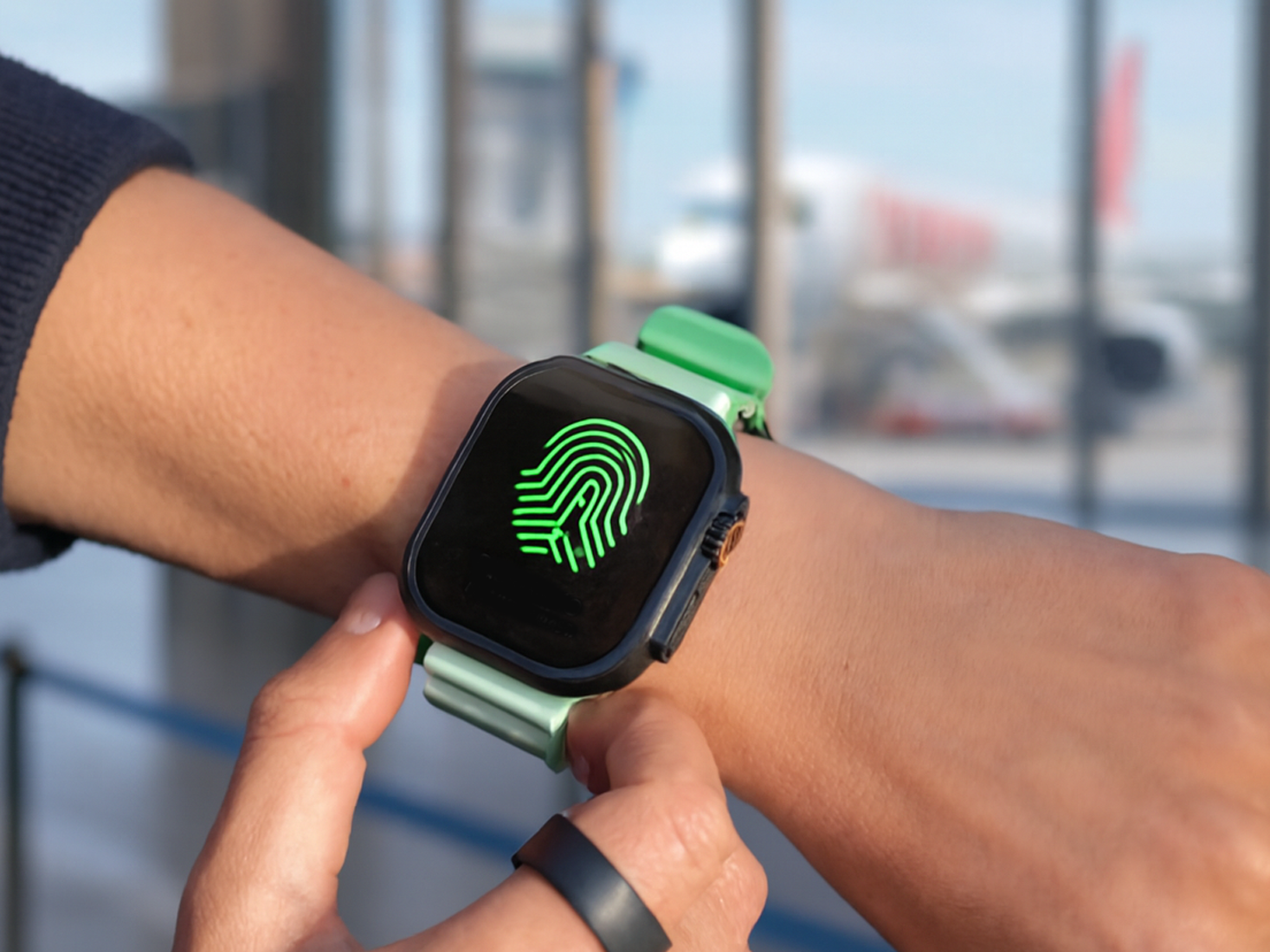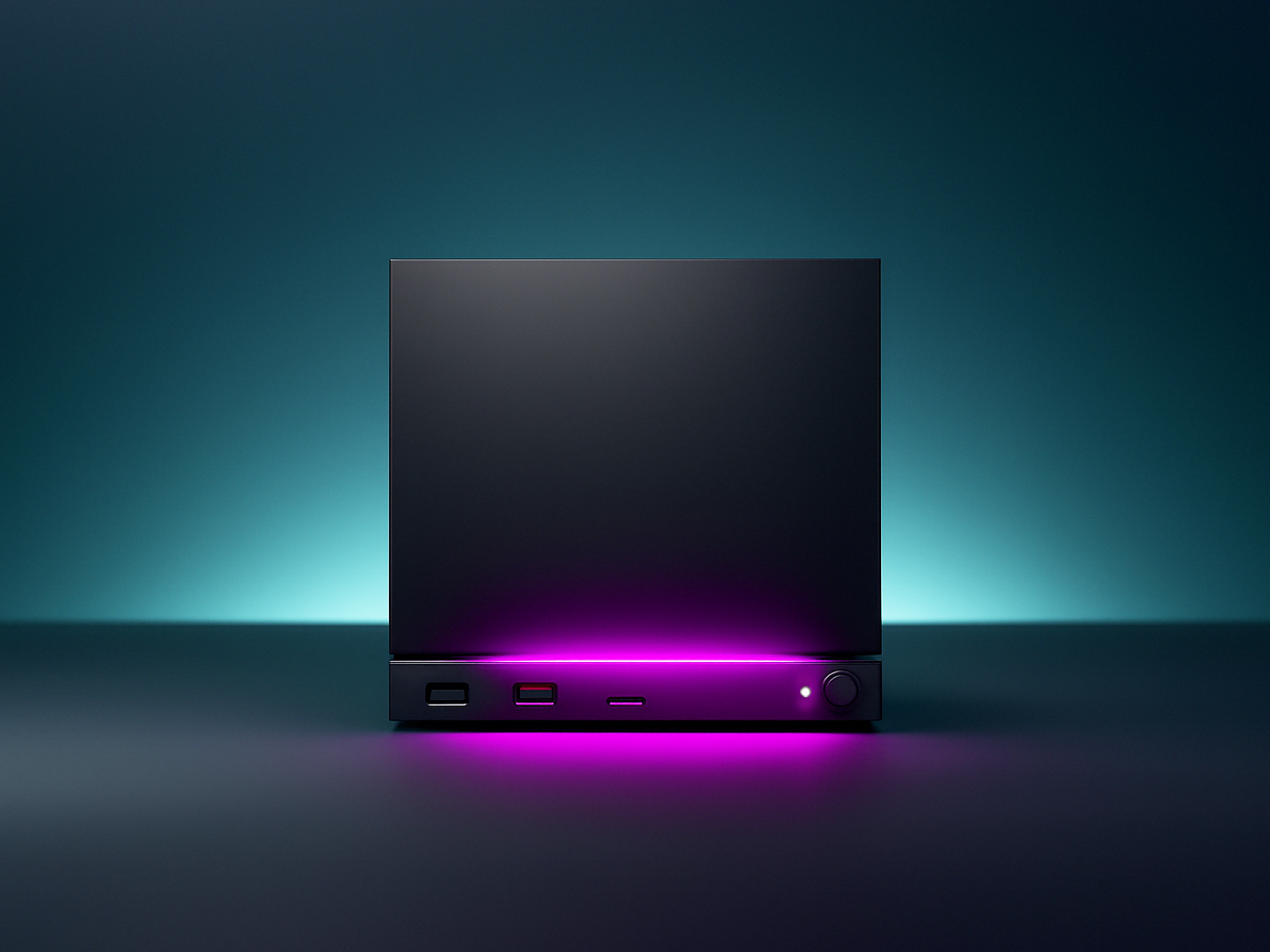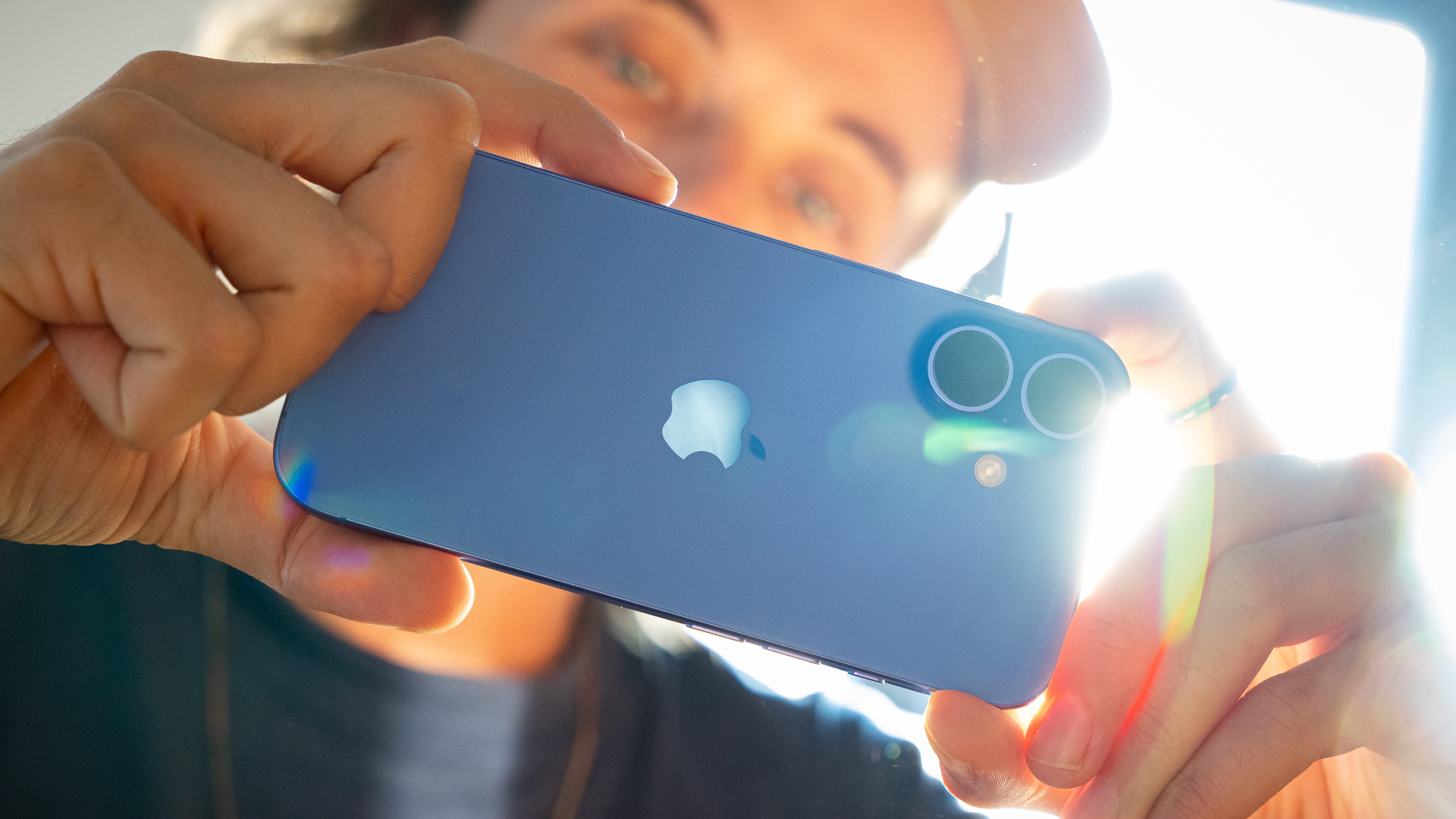
This year’s iPhone event was a major disappointment: although iOS 18 is coming to countless devices, Apple fans outside of the US will have to make do without the Apple Intelligence for the time being. But isn’t that what would have made the iPhone 16 so exciting? And are the new camera control and the new SoC enough to switch from the previous model? I tried out the iPhone 16 for nextpit!
Apple iPhone 16
Good
- Action button and camera bar provide a different “feel”
- Top performance of the A18 in the first benchmarks
- Can take 3D photos for the Apple Vision Pro
- Wi-Fi 7, satellite telephony and ultra-wideband
Bad
- Unfortunately still without Apple Intelligence
- Display only offers 60 Hz
- Still no always-on display
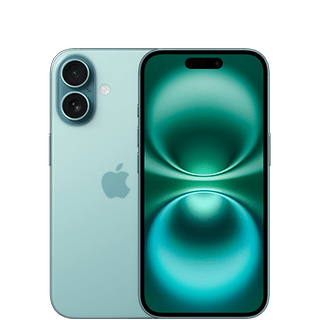
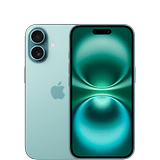
Apple iPhone 16: All deals
Where can I buy the iPhone 16?
The iPhone 16 will be officially released on September 20, 2024—until then you can already pre-order it. Prices start at $799 for the basic model, with 256 GB of memory you pay $900 and for the full 512 GB, you have to budget $1100.
Design & Display
At first glance, the iPhone 16 is reminiscent of the 2020 model, as Apple is switching from a diagonal camera arrangement back to a vertical one. If we take a closer look, we discover new colors, a new camera bar and other changes. While the iPhone is moving with the times here, Apple is unfortunately relying on a 60 Hz panel for the display.
For this hands-on and my later test, Apple provided me with the iPhone 16 in “Ultramarine”. The blue color variant transitions from a slightly paler shade to the camera island and a darker shade on the sides. As a result, the device looks beautifully colorful and underlines the bold color accents that Apple has repeatedly set in its cheaper devices in recent years.
The “hand feel” is again first-class thanks to the high-quality workmanship. However, I particularly like the fact that the back has an almost “rubbery” texture. This makes it easier to hold the iPhone 16.
The biggest visual change is the new camera hump. With the iPhone 13, Apple had to switch to a slanted arrangement due to the larger cameras. In 2021, the different look immediately revealed who was using the latest iPhone—and it’s the same this year. Compared to the iPhone 12, however, the individual camera elements are significantly larger and ensure that Apple’s iPhone 16 tilts heavily on the table without a case. Annoying!
Where Apple is also breaking new ground is in the operation of the basic iPhone. The “action button” now replaces the legendary mute switch on the iPhone 16, offering new options at the touch of a button. The camera bar is also a completely new control element in all iPhones of the 16 generation. The bar is located on the right-hand side of the casing in the lower third of the casing and allows a new camera control—more on this below in the camera category.
In terms of the display, little has changed overall. Apple has improved the brightness of the built-in OLED panel to 2,000 nits at its peak. Unfortunately, however, the basic and Plus models still come without Pro Motion displays—i.e. with 60 hertz. And that just looks really outdated in 2024.
Where Apple does move with the times, however, is in improving the sustainability of the devices. The Crystal Shield glass used on the back is said to be 50 percent more stable than last year. Naturally, the iPhone 16’s housing is protected against dust and splash water in accordance with IP68.
Software & UI
The biggest surprise for me after unboxing the iPhone 16 was that
iOS 18 is already pre-installed. You can enjoy many new functions in iOS 18 and, above all, have to get used to the new control center.
The iPhone 16 certainly feels “dumber” than the Google Pixel 9 we reviewed a few days ago or the Galaxy S24 from Samsung earlier this year. Functions such as the magic eraser or AI-supported search functions, where you can outline elements on the display, have almost become boring. Apple, on the other hand, is currently rolling them out in the USA, with other countries expected to get the goodies only in 2025.
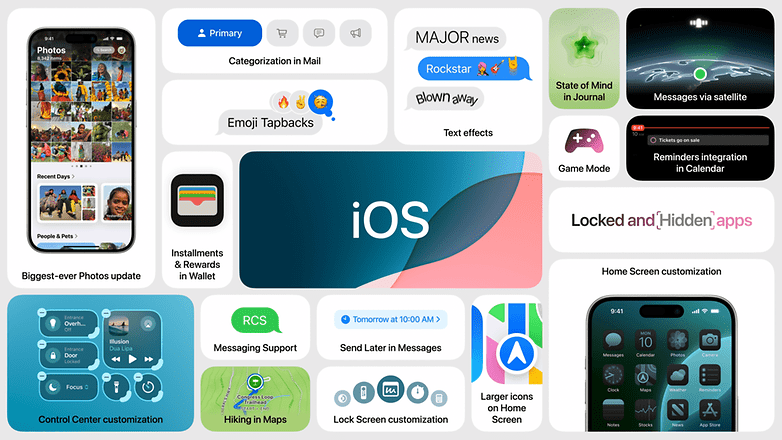
However, if you buy the iPhone 16, it is very likely that you will be able to use Apple Intelligence at some point. This is because Apple is once again offering long update support, which is only being followed by Android brands.
As I haven’t been able to gather too many impressions of iOS 18 yet, I would like to explain more here in the final test. In the meantime, you can try out the new Apple operating system for yourself—the linked guide reveals how it works!
Performance & SoC
Relief: Apple is taking on board the criticism from last year and is also equipping the base and Plus models with the latest processor generation. The A18 Bionic is manufactured using the 3 nm process and combines a 6-core CPU and a 5-core GPU with a 16-core NPU, which is currently still largely keeping its feet still. For my first impression, I’ve brought along a few benchmarks-let’s take a look at them!
Last year, the basic version of the iPhone 15 still had to make do with the A16 SoC. The fact that Apple is skipping a generation this year and integrating the A18 Bionic is exciting in that the manufacturing process is jumping from 4 nm to 3 nm. The new SoC should therefore be even more efficient, and perhaps Apple can also tease out longer battery life as a result.
In the benchmarks, the iPhone 16 is really ahead of the game:
| Apple iPhone 16 (A18 Bionic) |
iPhone 15 Pro |
iPhone 15 (A16 Bionic) |
iPhone 15 Plus (A16 Bionic) |
iPhone 14 (A15 Bionic) |
iPhone 14 Pro Max (A16 Bionic) |
|
|---|---|---|---|---|---|---|
| 3D Mark Wild Life Extreme | 3.911 | – | 3.036 | – | 2.431 | 3.362 |
| 3D Mark Wild Life Extreme Stress Test | Best loop: 3,643 Worst loop: 2,082 |
Best loop: 3,553 Worst loop: 2,763 |
Best loop: 3,171 Worst loop: 2,378 |
Best loop: 3,253 Worst loop: 2,271 |
– | – |
| Geekbench | Single: 3,099 Multi: 7,638 |
Single: 2.945 Multi: 7,171 |
Single: 2,651 Multi: 6,698 (v6) |
Single: 2,623 Multi: 6,605 (v6) |
Single: 1,699 Multi: 4,817 (v5) |
Single: 1,885 Multi: 5,406 (v5) |
With 16 NPU cores, Apple is also preparing the iPhone 16 for Apple Intelligence. However, we don’t notice any of these advantages at the moment. Apart from that, the iPhone 16 still has to transfer data via a USB 2 port, which can only achieve 480 Mbit/s. It’s nice to see that Apple has opted for Wi-Fi 7 and supports Bluetooth 5.3. Support for satellite telephony from last year and ultra-wideband are of course back on board.
As with every new Apple device, the user experience is absolutely fluid and almost always without loading times. Only the 60 Hz display really slows things down here, which also limits the fluidity of mobile games. I briefly tried out “Call of Duty: Mobile” and there was really nothing to complain about!
Camera
Thanks to the vertical arrangement of the iPhone cameras, spatial photos and videos can be taken with the iPhone 16. While the camera modules are almost identical to its predecessor, taking photos feels completely different thanks to the camera bar. And I have to say: after the first 30 photos, I’m really excited about the way Apple wants us to take photos in the future!
The camera setup in the iPhone 16 really only has a few changes to offer this year. There is the aforementioned different arrangement of the two lenses, which now allows “spatial photos” to be taken. You can view these on the Apple Vision Pro and enjoy a 3D effect. Sounds pretty cool, but unfortunately, I don’t have a Vision Pro—and unfortunately, Apple doesn’t use this feature in the iPhone 16 at all. They could have been more creative here and simulated a 3D effect using the gyroscope of the new iPhones.

Taking photos and videos with the iPhone 16 is one thing above all: more fun! This is partly due to the new lens of the ultra-wide-angle camera. With an aperture of f/2.2, it is slightly brighter—f/2.4 on the iPhone 15—and offers a new macro mode. This brings you closer to your subject and is of the same quality as you would expect from smartphone macro cameras. Fun, but not really amazing.
Which brings me to the most exciting camera innovation in the iPhone 16: the camera bar. The new operating option is at its best in horizontal mode—it also works vertically, but requires some hand acrobatics to avoid dropping the phone. The new button allows you to control the following independently of the usual menus:
- Exposure
- Depth of field in portrait mode
- Stepless zoom level from 0.5x to 2x
- Cameras (0.5x, 1x and 2x)
- Photographic styles
- Color tone
Above all, I have hardly changed the depth of field and photographic styles on my iPhone 13 mini since setting it up. And now that they are more conveniently available, I already feel motivated to take more creative and varied photos with the iPhone 16. As is typical for Apple, you quickly learn how to use the new menu and find your way around.
I can’t say too much about the camera quality yet. At first glance, the quality looks like that of last year’s iPhone. You can get an impression in my photo gallery. But as I said: I’m curious to see how much my iPhone photography will change thanks to the new operation!
Battery & Charging
Apple is once again keeping the exact size of the iPhone 16 battery under wraps. However, the battery life is said to be two hours longer than its predecessor when playing videos. So 22 hours instead of 20—unfortunately I haven’t been able to use the new iPhone for that long yet. Both fast charging and the charging option via MagSafe should work faster—the iPhone 16 is also compatible with the Qi2 standard.
After a few hours of use, I can’t say anything about the endurance of the iPhone 16. However, the battery is supposed to last longer—but an upgrade of two hours when playing videos compared to its predecessor is small enough that you probably won’t notice much of it in everyday use. Give me a little more time here—I’ll continue on the detailed review!
Technical Specifications
| iPhone 16 | |
|---|---|
| Display |
|
| SoC | |
| Memory capacity | |
| OS | |
| Camera |
|
| Selfie camera |
|
| Battery |
|
| Connectivity |
|
| IP certification | |
| Dimensions and weight |
|
Early Verdict
After this year’s Apple keynote on the new iPhone models, I was really disillusioned. Somehow there seemed to be hardly any innovations that were relevant to me. This impression faded a little after the first few hours with the iPhone 16. This is because the action button and the new camera control significantly change the operation of the basic model.
At the same time, they bring functions to the fore that I never used on older models. Together with the new iOS 18, this results in a completely new user experience—and I’m really keen to explore it further.
Since Apple relies on the A18 Bionic, this user experience is also incredibly fluid and “snappy”. Unfortunately, there is again only one panel with 60 Hz, which will certainly be one of the biggest criticisms of the iPhone 16 in my final test. I also don’t like the fact that Apple is still completely missing out on potentials such as spatial recording. So: It remains exciting with the iPhone 16—I’ll be back soon with more test impressions!


